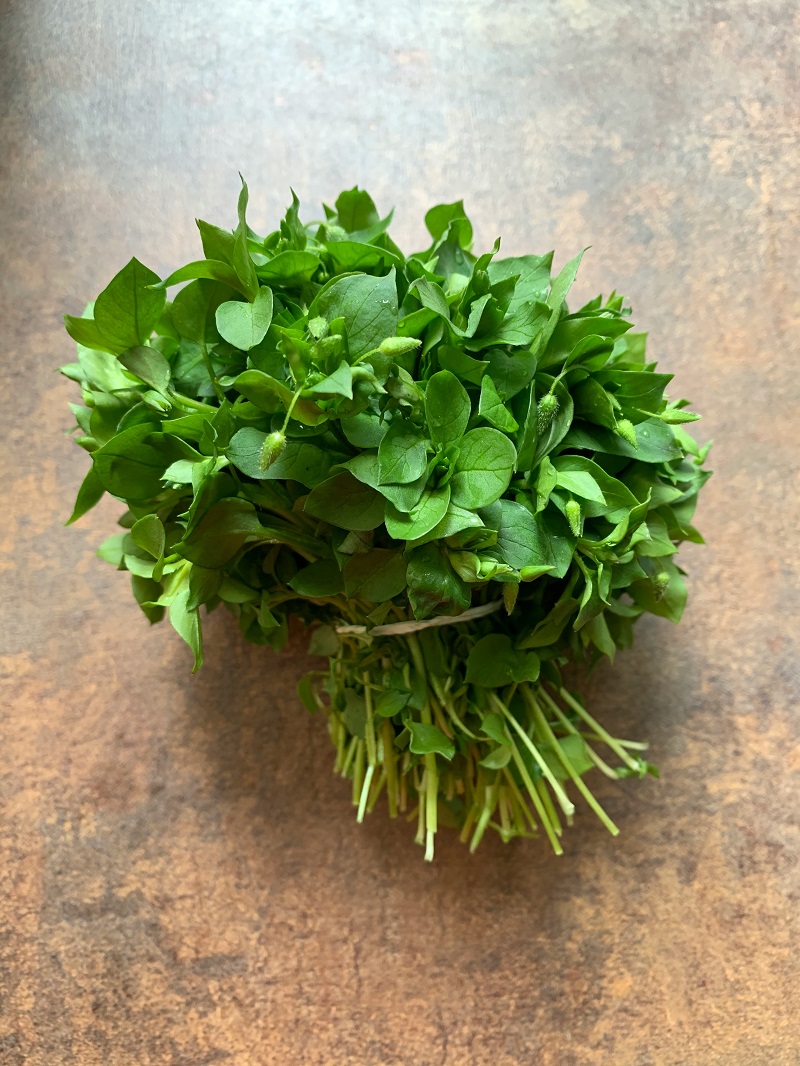
Explore Foraging: Recipes and Beyond
In a world where convenience stores and supermarkets rule, the ancient art of foraging is coming back into vogue. Foraging, which involves looking for and gathering wild food sources, helps us feel more connected to the natural world and our ancestors. So let’s explore foraging with recipes and beyond!
Beyond the excitement of the hunt, foraging has several advantages, such as strengthening our bond with nature and encouraging sustainability. In this blog, we’ll dive into the practice of foraging, examining its various aspects and benefits to both people and the ecosystem.
We’ll also look at some recipes to try, which can help you take the first step in your foraging adventure.
The Fundamentals of Foraging
Although many consider foraging to simply be a method of survival, it’s much more than that. Foraging is a celebration of biodiversity and an appreciation of the riches that nature provides.
Those who forage look for a range of wild foods in their local habitats, from berries and mushrooms to edible greens and roots. As such, any aspirant forager needs to have a solid understanding of plant identification, seasonal fluctuations, and sustainable harvesting techniques.
At Stoney Creek Farms, we can help you get started with our Winter Foraging class that focuses on wild roots and tubers. This 90-minute class will teach you which roots and tubers are edible, how to identify them, and provide tips for preparation.
Your registration fee also includes the chance to sample our dandelion root coffee and our daylily tuber, wild onion, and crinkle root soup.
Health Advantages of Foraging
The nutritional content of wild foods is frequently higher than that of domesticated foods. For instance, there are a variety of vitamins, minerals, and antioxidants found in berries, nuts, and edible plants that are not only healthy but also add variety to a diet.
Additionally, traditional healers have used wild plants for generations in their therapeutic practices. You’ll learn that many of the plants you come across while foraging have anti-inflammatory, antibacterial, or immune-boosting characteristics.
Add to that the physical benefits you receive from walking around, and even climbing while foraging, and you’ll start to see how it can benefit your health and general well-being.
Biodiversity, as You Explore Foraging
As mentioned, foraging also encourages biodiversity. Foragers frequently gain profound knowledge and respect for the environments they come across, allowing them to aid in the maintenance of healthy ecosystems and the preservation of biodiversity by practicing sustainable foraging.
Rules of Foraging
It’s crucial to take the time to become knowledgeable about edible plants, local flora, and sustainable foraging techniques. Our team can assist with this through the courses and other resources we offer.
It’s also important to understand any foraging rules and restrictions in your area. Finally, engage in moral foraging by gathering in moderation. Leaving enough for future generations of foragers and wildlife ensures the ecosystem’s sustained health.
Foraging Recipes
Spring Greens Fritters (with Evening Primrose Root)
- 1/2 cup evening primrose purée
- 1 cup chopped spring greens
- 1/4 cup chopped Allium of choice (foraged, store-bought, either one works)
- 1 egg
- Salt to taste
- Olive oil or your cooking fat of choice
Making the Evening Primrose Purée
- After peeling, boil the roots of evening primroses
- Cook until a fork can easily pierce it
- Remove it from the water and cut it into small pieces
- Use a blender or spice grinder to turn it into a smooth purée
- If needed, use puréed burdock, salsify, dandelion, or potatoes. If using potatoes, you may need to add milk or an extra egg
Get Ready to Mince
- Mince wild onions, ramps, garlic, etc
- Quickly sauté in oil until tender (do not brown)
Prepare the Greens
- Add chopped spring greens to the cooked allium mixture
- Stir until the greens wilt, and reduce to a medium simmer
- Use half a teaspoon of salt to adjust the seasoning; add more if needed
- Allow the mixture to reach room temperature
Mix the Ingredients
- Toss the chilled greens and alliums with one beaten egg and evening primrose purée
- Mix well to blend
Prepare Fritters
- Add a small amount of olive oil, or your favorite cooking oil, to a sauté pan and heat it until it spatters when you drop water onto it
- Pour the batter into the oil with a tablespoon, making sure to leave space between each piece
- Gently press down to flatten the batter slightly
- After three to five minutes, turn the food over and continue to brown the other side for two to three minutes
It’s best to serve these right away or warm them in the oven on a cookie sheet if need be. You can enjoy your Spring Green Fritters with Fireweed Tea.
Fireweed Tea
Fireweed usually blooms in late spring or early summer, with long spikes of pink-purple blooms. On the side of the road, riverbanks, and areas with recent wildfires or deforestation are common places for fireweed to grow. It’s a good idea to keep an eye out for them, even when you’re not actively foraging. Making fireweed tea is fairly easy, combing foraging and fermenting into one recipe.
- Collect Fireweed plants
- Use scissors or a small knife to snip them just below the blossom
- Remove the leaves and smash the plant with your hands
- Ferment for 2 days in a glass jar
- Your glass jar should be stored in a humid environment. Also, remember to shake the jar once or twice a day and throw out any molding leaves. You can reduce the number of molding leaves by being sure not to collect leaves that are too close to the ground
- Dry in oven for 20 minutes at 350F
- You can store the dried leaves for up to a year in an airtight container
- Brew as you normally would for a delicious and healthy tea
One serving is one cup of tea leaves. Fireweed plants are thought to help with migraines, the common cold, healing wounds, and more. Its flavor depends on where it is in the growing process when you collect the plants. Young fireweed plants taste like asparagus while older plants might taste bitter.
Register for Winter Foraging: Wild Roots and Tubers Today
Foraging is an exploration of nature rather than just a means of obtaining sustenance. Adopting this age-old custom helps you build a stronger bond with the environment while also improving your health and well-being. With the right tools, you’ll quickly fall in love with this age-old practice and be able to pass it on to your loved ones as well. Just click this LINK to register!


